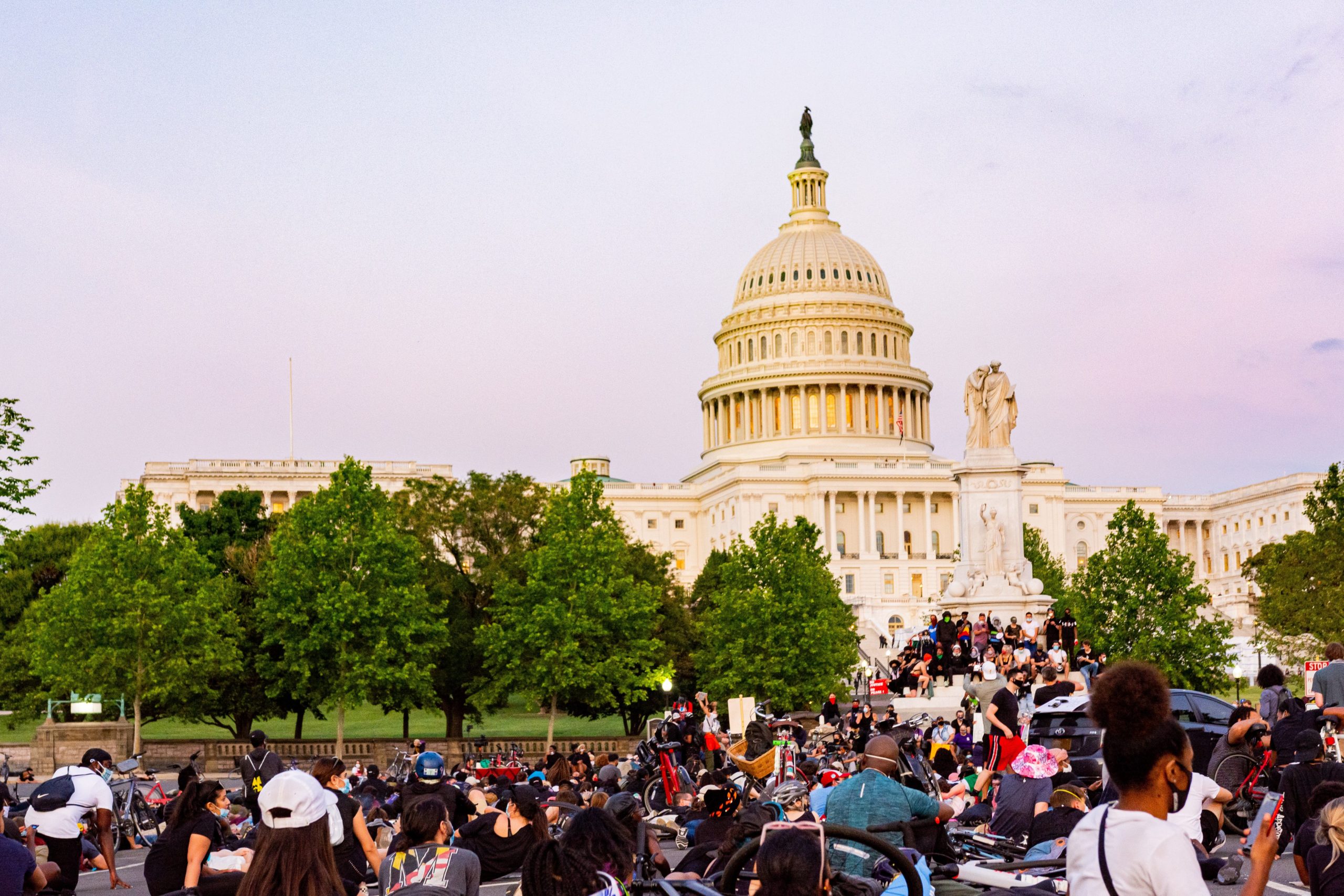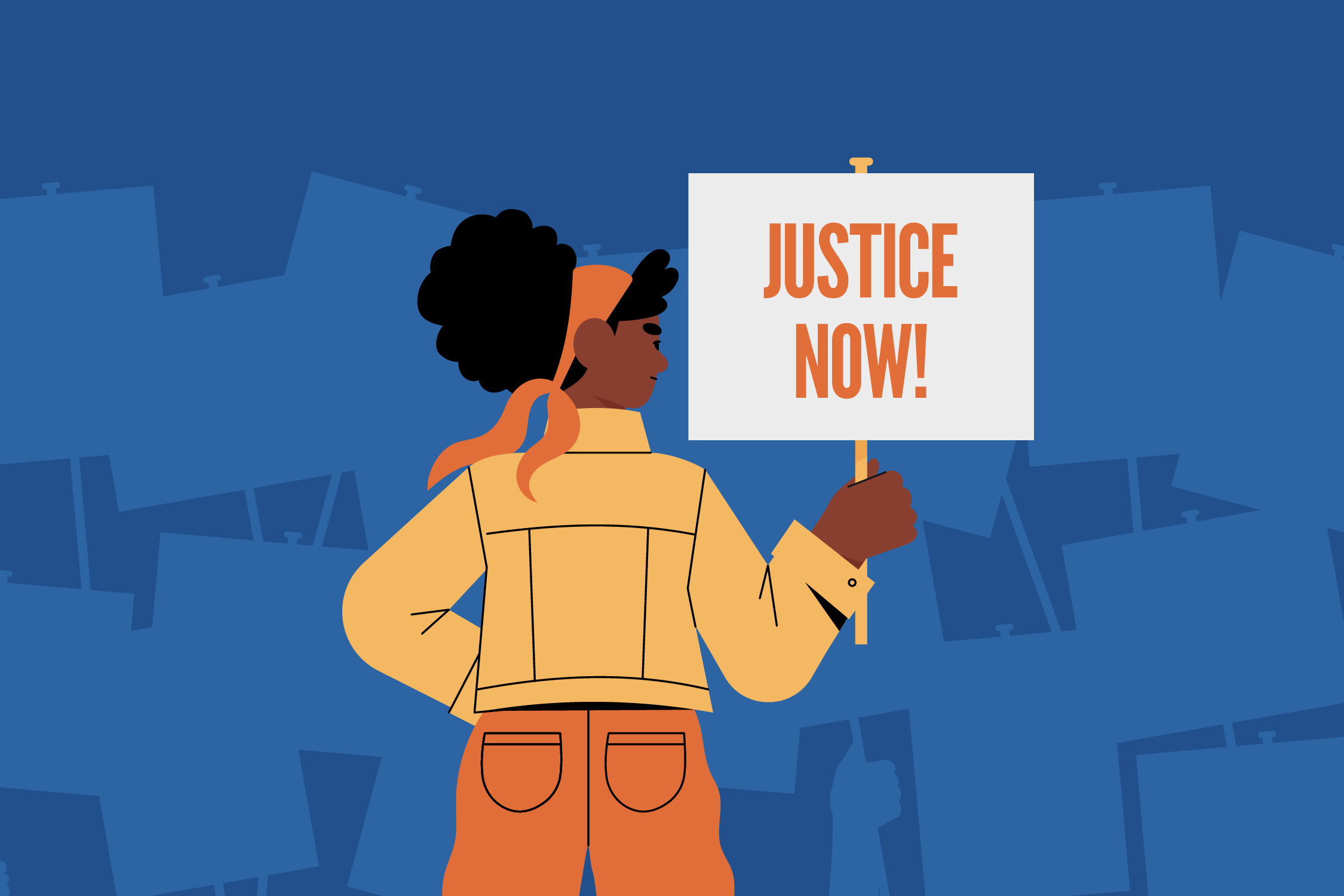
Aug. 27, 2021
Learn more about what social equity is and how to get involved in empowering your community through United Way NCA’s social justice programs.
What is Social Equity?
First, let’s start with what equity is. Equity is the quality of being fair and impartial. Social equity is impartiality, fairness and justice for all people in social policy. Social equity takes into account systemic inequalities to ensure everyone in a community has access to the same opportunities and outcomes. Equity of all kinds acknowledges that inequalities exist and works to eliminate them.
What is the Definition of Social Equity?
Social equity is, as defined by the National Academy of Public Administration, “the fair, just and equitable management of all institutions serving the public directly or by contract; and the fair and equitable distribution of public services, and implementation of public policy; and the commitment to promote fairness, justice and equity in the formation of public policy.”
Social policy, and social equity within it, can include a variety of public contexts. This includes but is not limited to education, policing, welfare, housing and transportation. Planning for social equity means recognizing planning practices that have had a disparate impact on certain communities and actively working with affected residents to create better communities for all, so that every community member can thrive.
According to American Planning Association, social equity “must be informed by local planning history, the equity landscape and the input of diverse stakeholders” in order to be impactful and successful. The organization goes further to explain: “Planning for social equity means recognizing planning practices that have had a disparate impact on certain communities and actively working with affected residents to create better communities for all,” and that three major issues related to social equity include “gentrification, environment justice and community engagement and empowerment.”
What is the Difference between Social Equity and Social Equality?
The term equity refers to fairness and justice. The term equality refers to equal opportunity, equal access, equal treatment, equal sharing and division of resources, keeping everyone at the same level regardless of the tools they already do or don’t have access to. Social equity recognizes that each person has different circumstances and allocates the exact resources and opportunities needed to reach an equal outcome. Social equality means each individual or group of people is given the same resources or opportunities. For a more in-depth discussion on the very important differences between equity and equality, click here.
What are Examples of Social Equity?
Let’s dive deeper into what social equity looks like in real-life situations:
-
• A wealthy, mostly white neighborhood in Washington, DC has three bus stops, one Metro station and plenty of safe sidewalks for walking. In comparison, a few miles away in a different DC neighborhood (one that mostly includes BIPOC ALICE community members) there are zero bus stops, unsafe sidewalks that are cracked and too curvy, and the closest Metro station is over a mile away. The local DC transportation department allocates funds in their budget to go toward repairing sidewalks in the BIPOC neighborhood, installs a bus stop in the neighborhood and discusses plans to implement a Metro station less than half a mile away from the neighborhood or to build a station within the neighborhood itself. Because the other neighborhood already has access to safe, reliable transportation methods, this year’s funds do not get allocated there because it does not need transportation repairs or new transportation routes.
-
• A public elementary school in Northern Virginia is old, has cracking infrastructure and is too small to fit the amount of students that attend it yearly. Alternatively, another public elementary school in the region was built less than a decade ago, has solid infrastructure that only requires little repairs from time to time and provides adequate space for all students and staff to comfortably teach and learn. The county school district decides to allocate significant funds toward building a new school to replace the older elementary school to provide a safer environment for students and staff. The newer school only receives a small portion of the budget to fix minor repairs. This way, each student gets the safe and healthy school environment they deserve, regardless of which elementary school they attend.
-
• A Maryland neighborhood is rapidly undergoing gentrification and as a result, housing prices are increasing at a significant rate, as well as rent at apartments in the area. The risk of long-term residents who have lived there with their families for generations at risk of homelessness increases. A housing developer looking to come and build within the neighborhood seeks to revitalize the neighborhood, instead of gentrifying it. The housing developer enables existing community members to identify the type of housing and infrastructure they need and values their input before building. Once the new housing is built, the housing developer caps rent at a reasonable price so that long-term residents do not become displaced.
How Can You Practice and Promote Social Equity in Your Community?
Are you ready to join the equity movement? Here at United Way of the National Capital Area, we are dedicated to our equity work, improving the health, education and economic opportunity of all community members in the National Capital Area regardless of race, gender, income, ability or zip code.
Join the movement! Get involved with us by giving, advocating and volunteering. You can also learn more about racial equity by signing up for our 21 Day Race Equity Journey. And, don’t forget to join in on the conversation with us on Facebook, Instagram, LinkedIn and Twitter. You can also stay up to date on all things United Way NCA by subscribing to our quarterly newsletter, Community Matters.
For more information on United Way NCA and our equity work, visit unitedwaynca.org.
About United Way of the National Capital Area
United Way of the National Capital Area improves the health, education and economic opportunity of every person in the National Capital community. United Way NCA has been improving lives by creating measurable impact in the District of Columbia, Northern Virginia, and Montgomery and Prince George’s counties for more than 45 years. In 2020, United Way NCA was among 384 organizations across the United States to receive a generous transformational investment from novelist and venture philanthropist, MacKenzie Scott. For more information about United Way of the National Capital Area, visit UnitedWayNCA.org.



